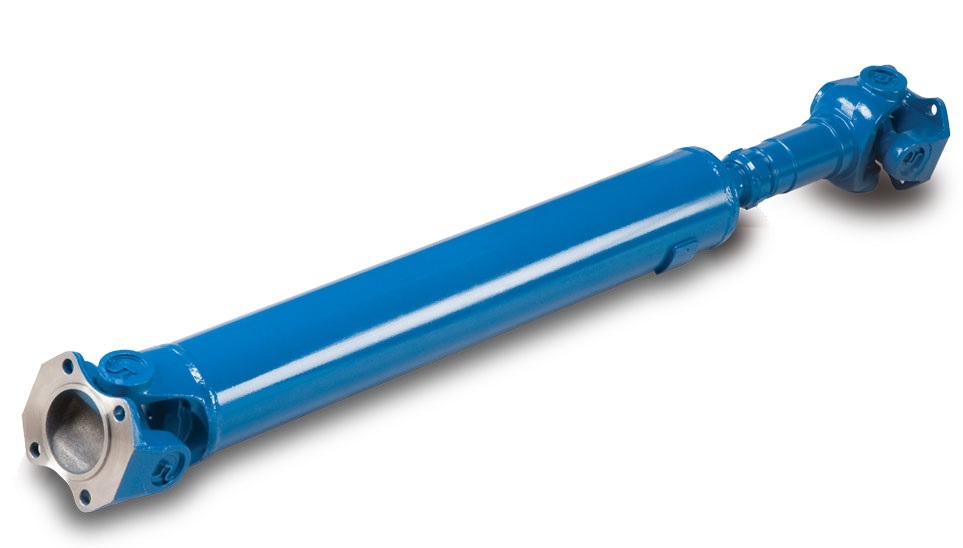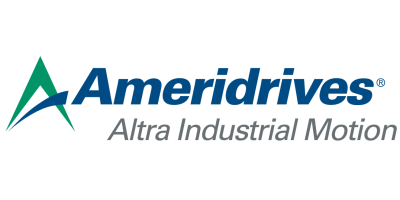
Industrial Universal Joint Drive Shafts
An industrial universal joint is a connection between two objects, typically shafts, which allows relative rotation in two axes. It also allows for power transmission between two points not in line with each other.
A universal joint is available with a wide range of sizes, shapes, and configurations used for pump applications, paper mills, steel mills, mining equipment, conveyors, crushers, and others. We offer industrial U-joint and Americardan drive shafts with wing-style design, closed-eye design, DIN or SAE design, custom design, and more.
HVH Industrial works with manufacturers' specialized engineering teams to meet our customers' requirements and highest quality standards.
If you have any questions, write us via live chat (one of our team members will answer your questions), give us a call, or send us a quote request. The HVH team is always ready to help you.
 1(866)577-4040
1(866)577-4040
or
Universal Joint Driveshafts
Manufacturers
What is a Universal Joint?
A universal joint, often referred to as a U-joint, is a crucial mechanical coupling that accomplishes the remarkable feat of connecting two shafts while enabling them to rotate freely and move independently in various directions. This engineering marvel finds application in numerous sectors, such as vehicles, industrial machinery, and robotics, due to its remarkable flexibility and versatility.
Components and How Universal Joints Work
At the heart of a universal joint are two yokes and a cross-pin. The yokes are attached to the respective shafts to be coupled, while the cross-pin interconnects the yokes. Bearings are employed to mount the cross-pin within the yokes, facilitating its rotation and swivel. This arrangement allows the shafts to move and rotate relative to each other, effectively transmitting torque between them.
Understanding the Different Types of Universal Joints
Several types of universal joints cater to different needs:
Single Cardan Joint: Basic and common, it uses a single cross-shaped connecting piece, accommodating changes in shaft orientation while transmitting torque.
Double Cardan Joint: Comprising two cross-shaped connecting pieces in series, it's suitable for extreme changes in shaft orientation.
Constant Velocity Joint: Engineered to maintain a steady rotational velocity, it employs a series of specially arranged balls or rollers.
Hooke's Joint: Utilizing curved arms or levers, this joint facilitates rotation while allowing adaptation to changes in orientation.
Cross and Bearing Joint: This joint combines a cross-shaped connecting piece with bearings to facilitate rotation and torque transmission.
Applications of Universal Joints
Universal joints serve a diverse range of applications across various industries:
Vehicles: In automobiles, trucks, and tractors, universal joints are used in drive shafts to enable smooth movement even on uneven terrain.
Industrial Machinery: Machinery like conveyor belts and mixers require shafts that can rotate in different directions to facilitate specific processes.
Power Transmission Systems: Applications like wind turbines demand a coupling that can handle large and varying forces while allowing rotation.
Robotics: Universal joints are a staple in robotics, connecting different parts of a robot's body and granting it the ability to move and rotate freely.
Other Mechanical Systems: From cranes and lifting equipment to marine propulsion systems, various mechanical systems benefit from the flexible coupling provided by universal joints.
Advantages and Disadvantages of Universal Joints
Advantages:
Flexibility: Universal joints accommodate changes in shaft orientation, allowing them to move freely in different directions.
Versatility: They transmit torque while allowing rotation, making them valuable for various power transmission needs.
Compactness: Universal joints are compact, enabling their integration into diverse mechanical systems.
Durability: Built with robust bearings and components, they can withstand significant forces and prolonged use.
Cost-effectiveness: Universal joints are economical, making them a practical choice for various applications.
Disadvantages:
Limited Range of Motion: Universal joints have a constrained range of movement, making them unsuitable for applications with extreme movements.
Power Loss: Some power is lost during torque transmission through the joint, affecting rotational efficiency.
Noise and Vibration: In certain cases, universal joints may generate noise and vibrations during rotation.
Maintenance: Regular maintenance and lubrication are necessary for optimal performance, adding to the operational complexity.
Conclusion
Industrial universal joints are vital for mechanical systems, enabling smooth motion and power transmission in the face of misalignment and challenging conditions. From steel mills to mining equipment, these versatile components play a crucial role in ensuring the efficiency and longevity of industrial machinery.












